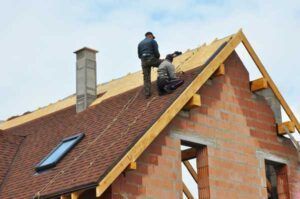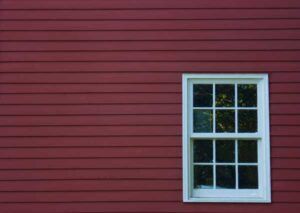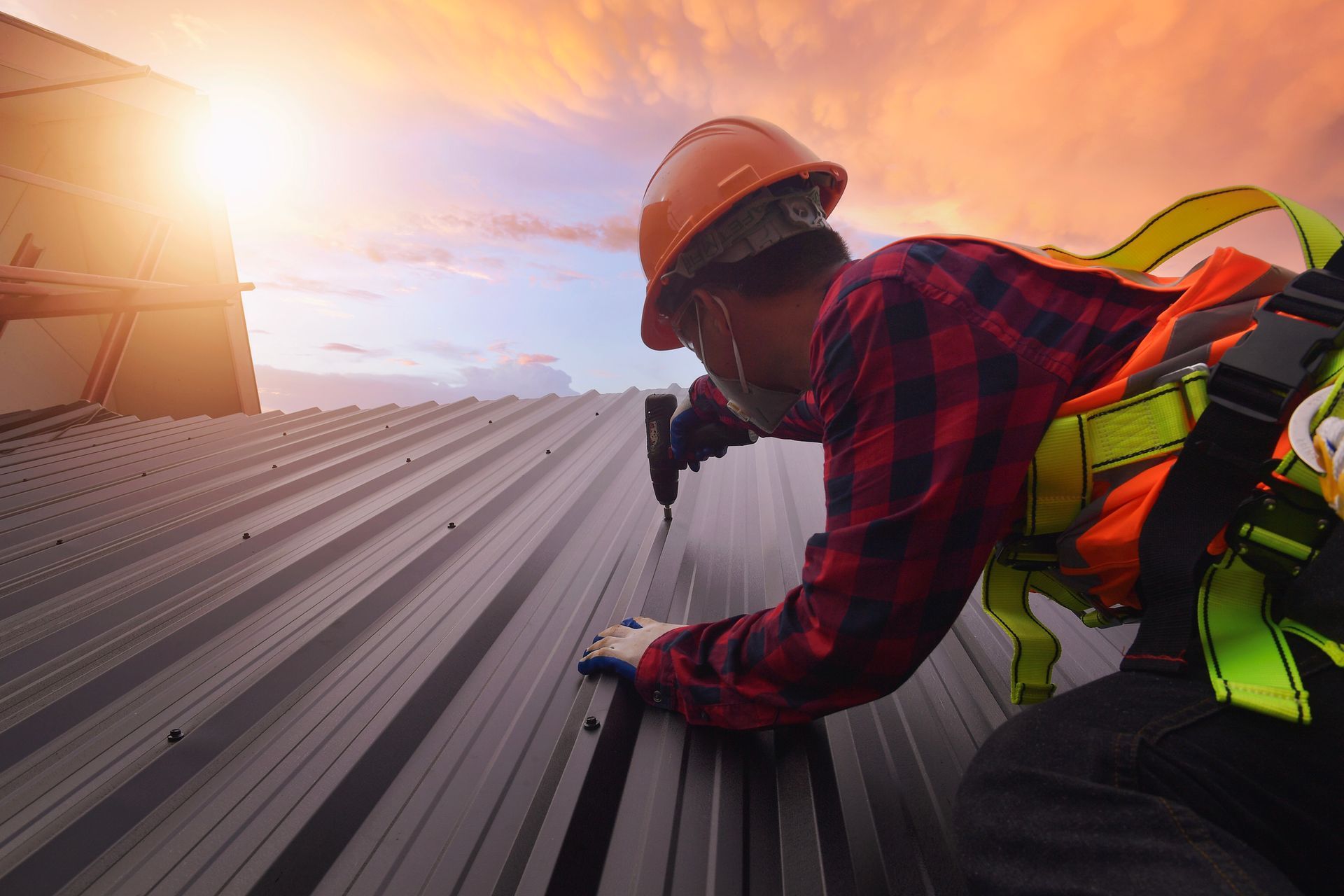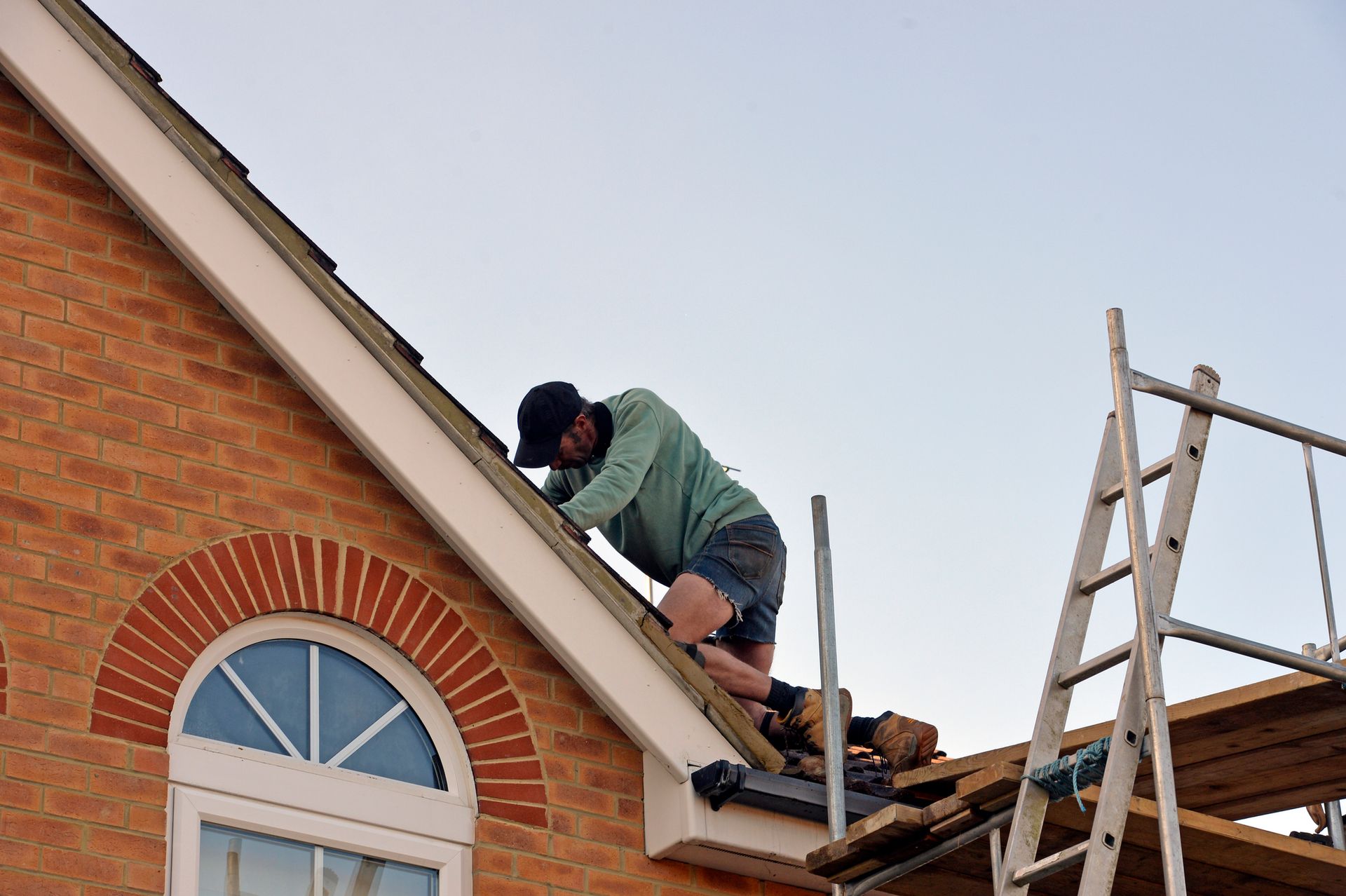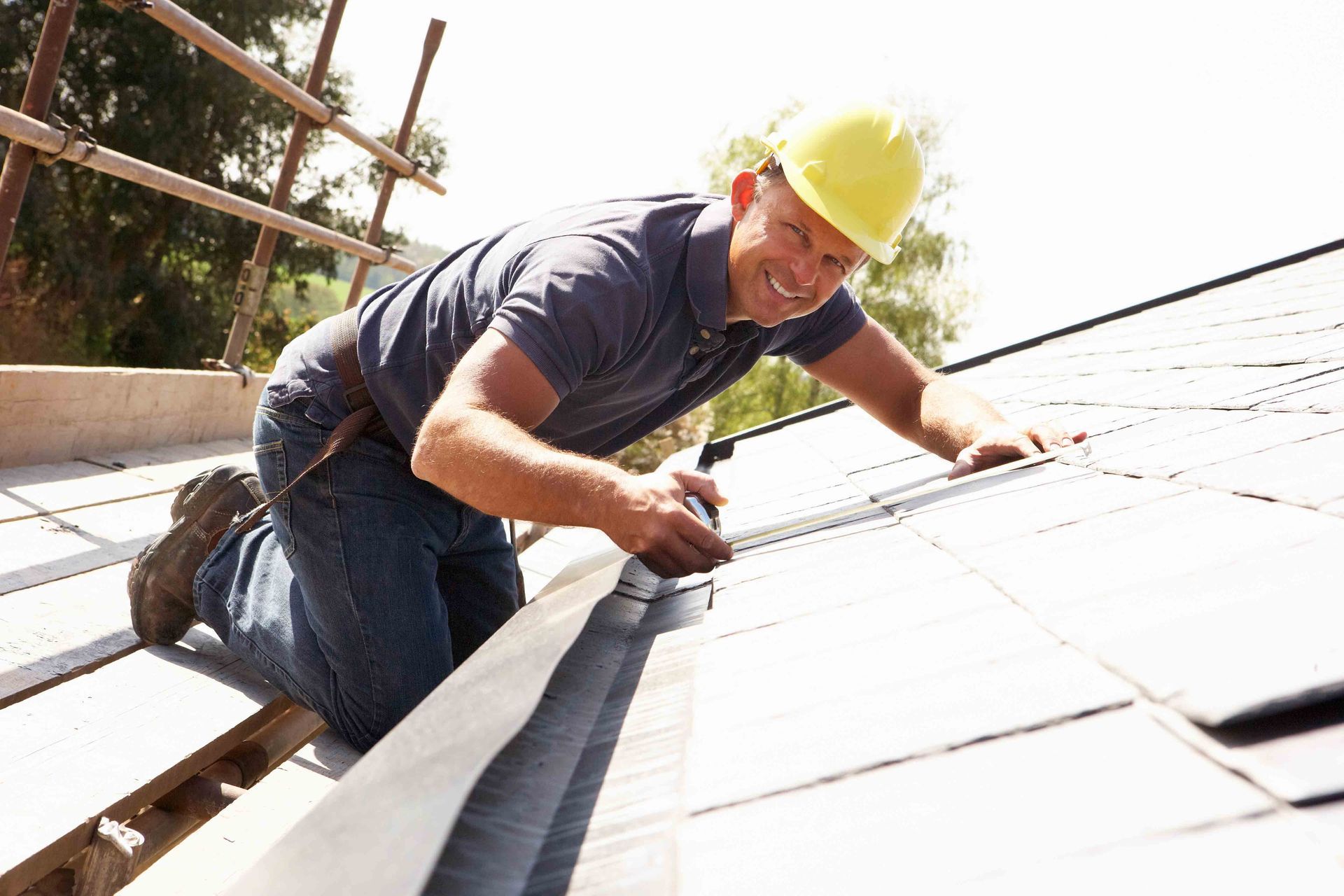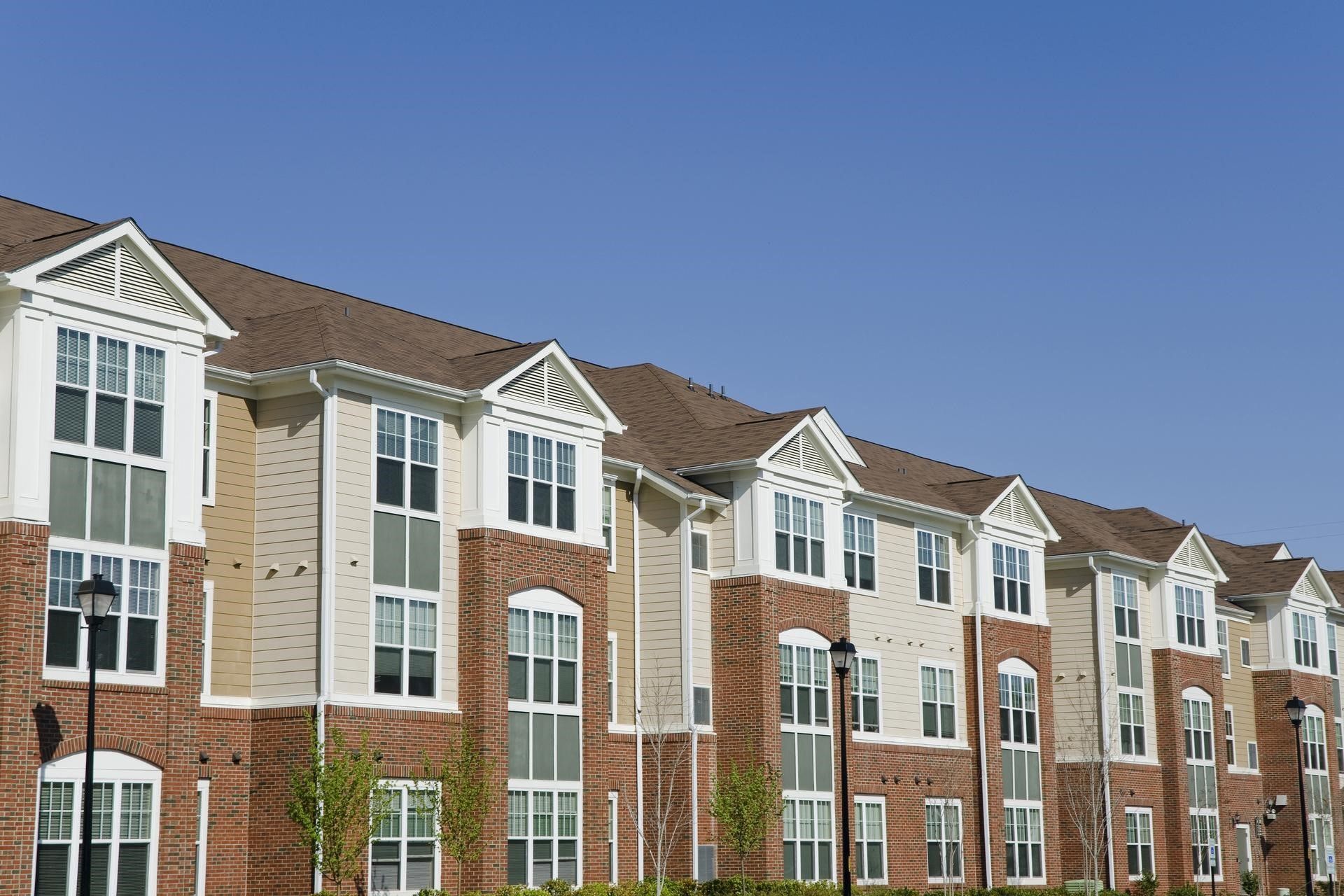How to Better Protect Your Home From Water Damage
 Water damage is a common problem for homeowners because so many sources of water can threaten your home. If ignored, water can lead to rotting materials that weaken the structure of the home. Moisture and rotting wood may also attract pests.
Water damage is a common problem for homeowners because so many sources of water can threaten your home. If ignored, water can lead to rotting materials that weaken the structure of the home. Moisture and rotting wood may also attract pests.
Mold and mildew may also start to grow, creating unpleasant odors, horrible stains, and unhealthy mold spores. Luckily, you have many ways you can defend your home from moisture. To learn more, check out these three tips for protecting your home from water damage.
- Inspect Your Gutters
Without gutters, rainwater hitting the roof would run right off the edge of the house. This exposes the fascia and siding to more moisture than they should have to handle. The damage depends on the type of siding you have. Wood siding may start to rot, especially if you neglect to stain and protect the wood. Cement siding may experience divots where the water eroded the material.
However, even when you have gutters, problems can arise, making them inefficient or fully ineffective. Common issues with gutters include leaks, sagging, missing pieces, and broken downspouts. The gutters should have the right pitch so the water naturally flows toward the downspouts, and the downspouts should send the water away from the home’s foundation.
Even if your gutters are in good condition, debris can lead to major issues. Clogs from leaves and sticks prevent the water from naturally flowing to the downspout. This puts extra weight on the gutters, which is often the cause of sagging gutters. With nowhere to go, the water spills over the side of the gutters, creating the same problems as a home with no gutters.
In addition, in winter months, the trapped water can freeze, which allows snow dams to build. Snow dams are particularly problematic because they leave standing water on the roof.
- Swap Old Siding for Vinyl Siding
Even with great gutters, your siding can experience moisture and water damage. However, some siding materials are better able to withstand water damage. Vinyl, for example, has grown in popularity for its many benefits, including moisture resistance. This means you don’t have to worry about rotting, which can lead to water damage inside the house, reduced value and curb appeal, and pest infestation.
Plus, you don’t have to do much to maintain vinyl and keep it water-resistant. You have no need to paint or stain the vinyl because the color doesn’t peel like paint on wood or other materials. With good care, however, vinyl siding can last up to 40 years.
- Choose Roofing Shingle Alternatives
One of the most important areas of your home to consider when protecting your home from water damage is the roof. Some roofing materials are more prone to water damage or need a lot more maintenance to keep them water-resistant, such as wood roofs.
Asphalt and metal are decent at preventing water damage, and they don’t require as much maintenance. However, they can still experience rot or rust without maintenance.
If you really want to make your roof water-resistant, rubber roof shingles may be the best choice. Besides being able to last up to 30 years, these roofs are energy-efficient and insulating, and they don’t require much maintenance. Many people use rubber shingles when they want the look of slate tile but can’t afford it or their roof can’t support it.
Water can be incredibly dangerous and damaging. It attracts pests and leads to rot. If ignored, this rot can spread and damage the entire structure of the home. If you would like to know more, or if you are ready to protect your home from moisture, contact us at D.S. Bahr Construction, Inc., today.
The post How to Better Protect Your Home From Water Damage appeared first on D.S. Bahr Constraction, Inc.

